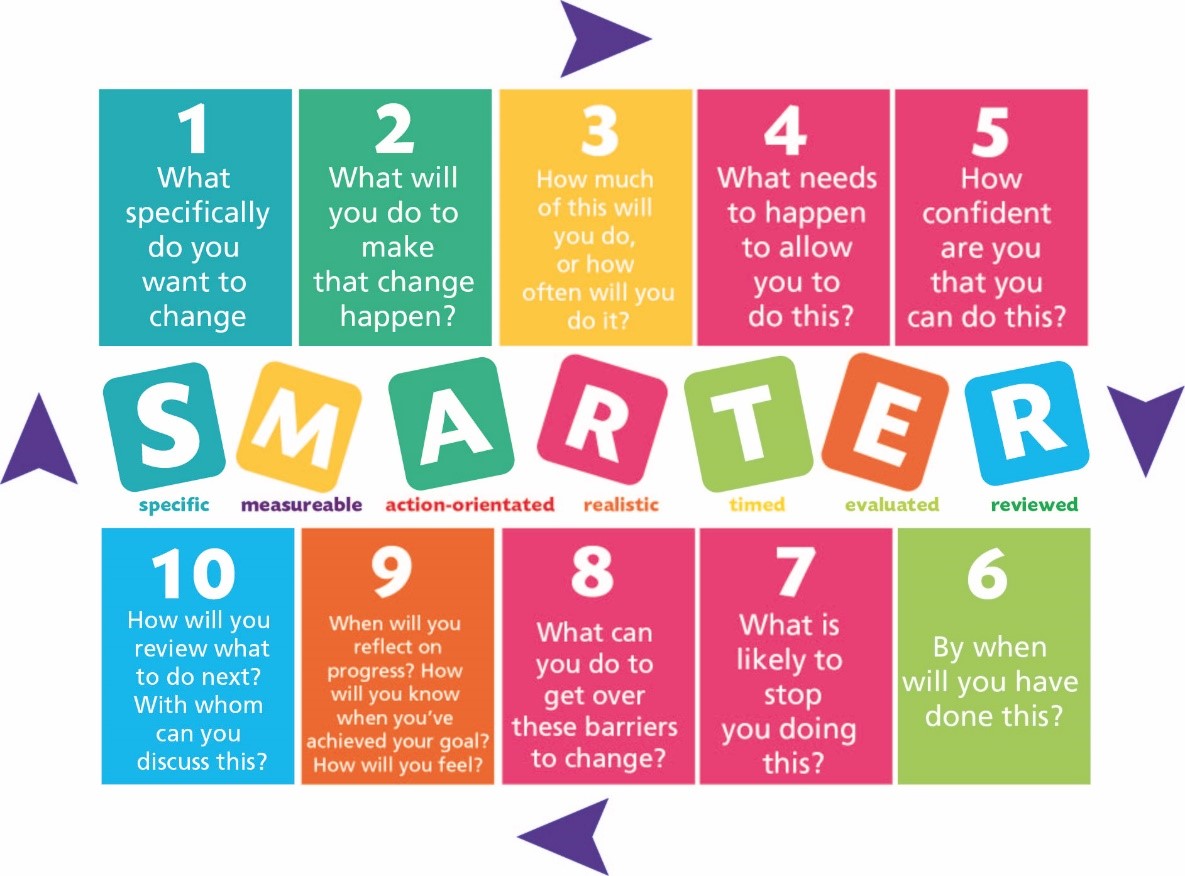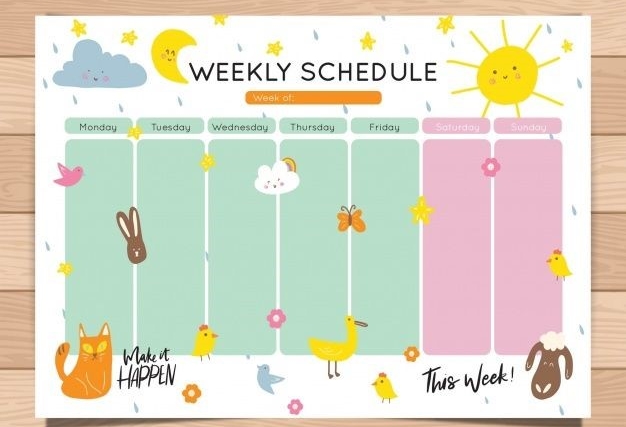Exercising in Winter
As we approach the coldest time of the year where the days are shorter and there is frost scattered across most Canberra, a lot of us are experiencing an increased difficulty to find the motivation to regularly exercise and stay active. Don’t worry, you aren’t the only one experiencing this feeling. Here are a few tips on how to continue to stay active during winter.
-
Set yourself a goal
Often people have trouble staying engaged with physical activity because they lose motivation or don’t have something to work towards. Using the S.M.A.R.T.E.R. acronym, you can set yourself a realistic and achievable goal. The goal needs to be Specific, detailing what it is you want to do, then you need to Monitor/Measure your progress. The goal needs to have Actions, as in what steps will I implement to achieve this goal? Your goal needs to be Realistic to keep you motivated and engaged. It needs to be Time limited – when am I aiming to achieve this goal by? You need to Evaluate/Expect problems and have some alternate plans to overcome these problems. Finally, you need to Review your goal after it is completed. Reflect on what you did well and what you can do better for next time. Following this acronym well help you set a challenging, achievable, and successful goal while practicing all the right steps to achieve it!

-
Organise a weekly schedule
Give yourself 10-minutes in the week to plan your exercise schedule. We need to prioritise exercise and physical activity, this should be done regularly to reduce the risk of chronic conditions like heart disease and type 2 diabetes1. Some of the more obvious benefits include improved concentration, enhanced mood, weight loss, and better sleep quality2. When we don’t plan our exercise, we can often make excuses to do other things that we perceive are more important – work, screen time, and relaxing. Instead, what we are really saying is that we don’t prioritise exercise or our health. Your own self-care and self-investment are so important. If you’re not in a good mental and physical health space, it can be hard to help and care for others.

-
Start small and be consistent
That old cliché that Rome wasn’t built in a day rings true when trying to start or restart an exercise routine. Knowing that your body may not be used to the new exercise routine, you don’t want to do too much too soon, which may leave you having muscle soreness. Remember that some muscle soreness is normal, it usually lasts for 24-48 hours and will subside. Try to complete a light activity, like walking or yoga after heavier days of training. The Australian guidelines recommend that adults aged 18-64 should aim to achieve 150-300 minutes of moderate activity per week3. For those who don’t know what moderate intensity is, it’s an effort where you can still talk but you cannot sing during exercise. Now 300-minutes of exercise per week may be achievable for some. For others, they will need to work towards this. You may want to start with 20-30 minutes per day for 2-3 days each week. Once you can achieve that regularly then aim to increase the weekly volume by increasing the duration of each exercise bout or adding an extra day of exercise each week. It is recommended Australian adults be exercising on most days of the week 3.

-
Exercise for internal reasons and do something you enjoy
Exercising for external reasons such as body image and physical appearance aren’t often sustainable. It may be appealing initially but it may not keep you going in the long-term. The reason to exercise should instead be internal which can help us be motivated for longer4. Internal motivation may come from things like the enjoyment you get from playing sport or from socialising with your friends while you exercise. Studies have also shown that exercising with a friend improved exercise adherence compared to those who exercise on their own 5. Although it’s cold and hard to get out of bed in the morning, make sure you plan your exercise with a buddy, schedule a time, and stick to it. Remember why you’re doing it, the reasons behind it and how it is positively influencing your goals and health.

If you need help with starting an exercise program or are unsure of where to begin, reach out to the team at Canberra City Health Network and talk to the team of exercise physiologists and physiotherapists who would be more than happy to help you with your goals.
Written by Riley Brassington
Exercise Physiologist
References
- https://www.hopkinsmedicine.org/health/wellness-and-prevention/exercise-and-the-heart
- https://www.betterhealth.vic.gov.au/health/healthyliving/exercise-and-mental-health#:~:text=People%20who%20exercise%20regularly%20have,cardiovascular%20and%20overall%20physical%20health.
- https://www.health.gov.au/resources/publications/physical-activity-and-sedentary-behaviour-guidelines-adults-18-to-64-years-fact-sheet
- https://www.abc.net.au/everyday/exercise-and-motivation-in-winter/100100952
- https://www.sciencedaily.com/releases/2016/10/161004081548.htm
